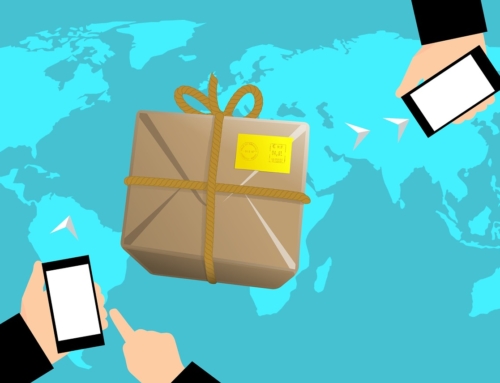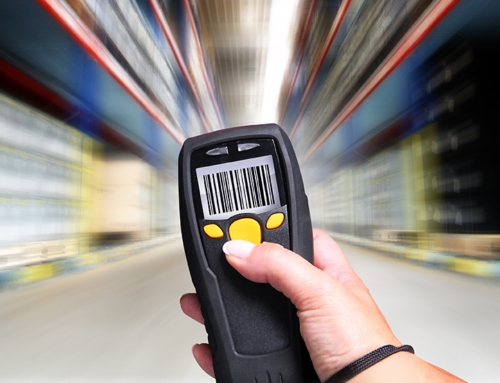Usually, when the word “logistics” comes up, people are talking about the forward, customer-facing side.
This part of the supply chain gets a lot of attention for constantly innovating and finding new ways to increase both speed and efficiency. What fewer people, even business owners, pay attention to is reverse logistics, the processes by which returns are managed and credits are processed.
When it comes to the reverse side of logistics, there’s plenty of evolution occurring, as well.
Change for the Sake of the Entire Supply Chain
It’s a big responsibility to hold the fate of your supply chain in your hands.
When it comes to returns, it can really feel that way sometimes. There’s not really room for error. That’s why the best returns management teams are pushing the industry to innovate and improve.
Here are a few items getting some real attention:
Return policies. Not only are many returns policies more lax than they have been in the past, they often don’t require that the buyer return the item at all.
If it’s an inexpensive product, many retailers will send a replacement rather than take on the burden of all that shipping. For other items, like computers and phones, self-repair options may be available. Both of these routes cut out the need for the item to come back to the warehouse, reducing the product volume on the returns floor.
Optimizing internal processes with data. Grading returned products is now being assisted by software capable of creating and tracking data points.
When the sorter is unsure how to sort an item, they simply input the parameters into an app and it grades the item. A different part of the system can also help reduce returns by tracking reasons for returns, which in turn helps retailers to avoid the predicted pitfalls ahead.
Rethinking transportation. A lack of long haul space, as well as the increasing cost of the last mile has really driven costs for shippers. When you’re picking up the tab for a return, you want to minimize that expense if only to stop the bleeding.
For companies that deal in large items, combing a delivery with a pickup has been a practice for some time, this way they only have to go out once. But even small items are being collected in a smarter way. Reverse logistics are increasingly being given their own centralized return centers, putting returns management on the same level as forward logistics. Receiving products faster is just as important as shipping them faster.
Reverse logistics is the key to everything retail. Either you have it or you don’t and you’re going to be left in a cloud of dust. Improving the speed of every step of the process means better service for customers and more value retained for retailers.






Leave A Comment